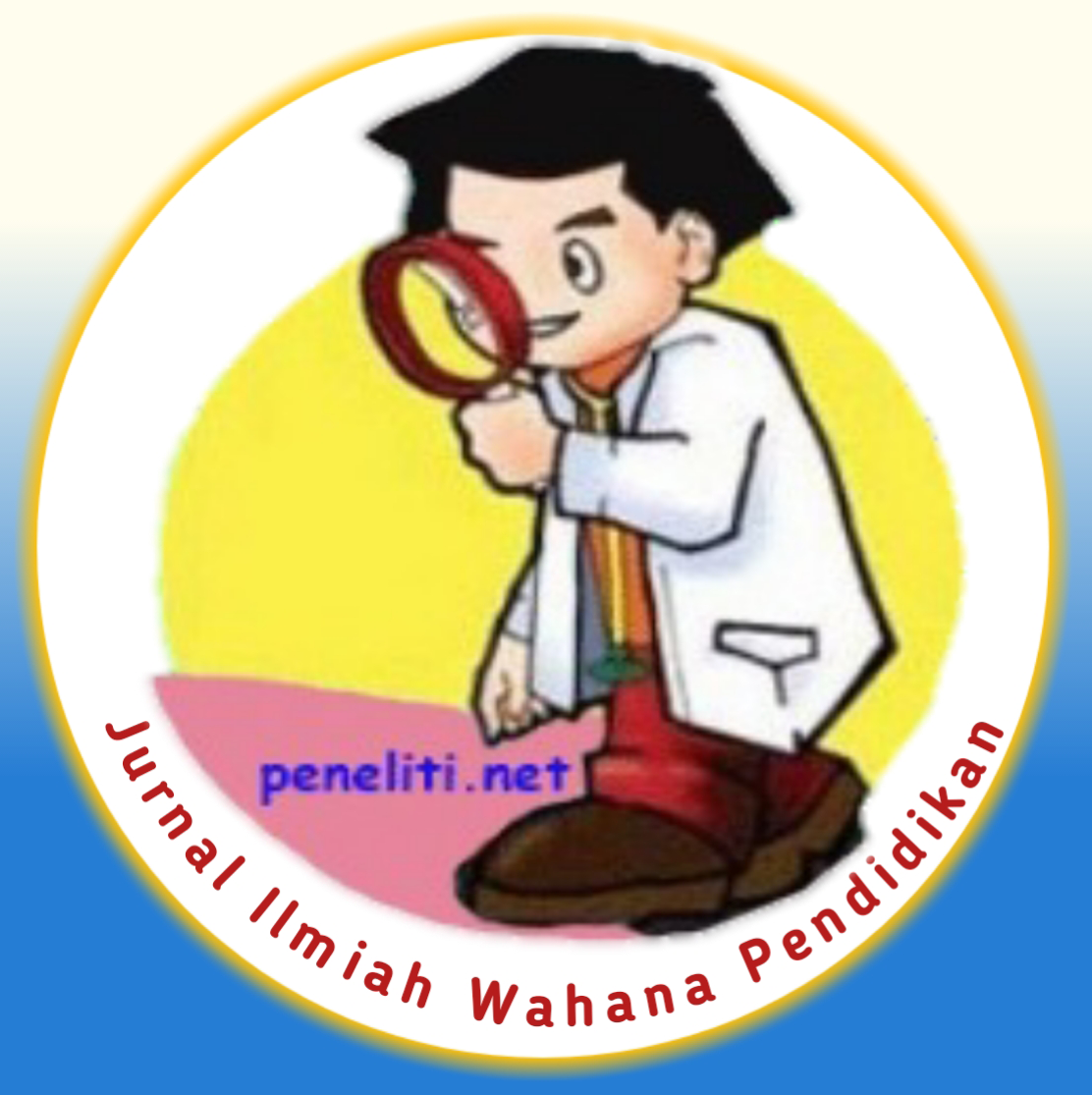Penerapan Model Talking Stick untuk Meningkatkan Hasil Belajar Matematika Siswa Kelas V Sekolah Dasar
Abstract
The aim of the research is to determine the application of the Talking Stick Model to improve mathematics learning outcomes in class V at SDN 6 Bilalang. The research method is Classroom Action Research. This research was carried out in two cycles. Data collection techniques in this research are observation and tests. Data analysis to determine student learning outcomes, whether they have met the criteria for learning completeness or not. The results of research by applying the Talking Stick model in mathematics learning showed that achievement in cycle I = 58.5% and achievement in cycle II = 80.5%. Based on the results from cycle I to cycle II, it turns out there has been an increase. The conclusion of the research is that the application of the Talking Stick model can improve student learning outcomes in Mathematics subjects in class V at SDN 6 Bilalang. It is recommended that the application of the Talking Stick model can be a reference material for teachers to improve student learning outcomes and can be applied as a learning model that can be used in Mathematics teaching and learning activities.
References
A.M, Sardiman. 2010. Interaksi dan Motivasi Belajar Mengajar. Jakarta: Rajawali Pers.
Aqib, Zainal. 2006. Penelitian Tindakan Kelas. Bandung: Yrama Widya.
B uno, Hamzah. 2006. Orientasi Baru dalam Psikologi Pembelajaran. Jakarta: PT Bumi Aksara
Ester, K. 2021. Penerapan Metode Demonstrasi Untuk Meningkatkan Hasil Belajar Tematik Siswa Kelas II Sekolah Dasar. Edu Primary Journal, 2(2), 153-159.
Rusmono. 2014. Strategi Pembelajaran dengan Problem Based Learning Itu Perlu. Bogor: Ghalia Indonesia.
Trianto. 2010. Model Pembelajaran Terpadu, Konsep, Strategi dan Implementasinya dalam KTSP. Jakarta: Bumi Aksara.




